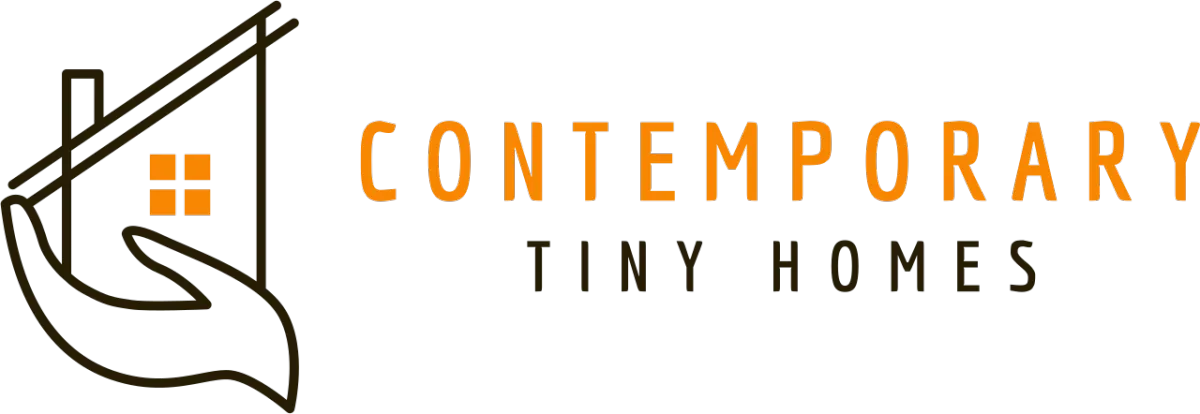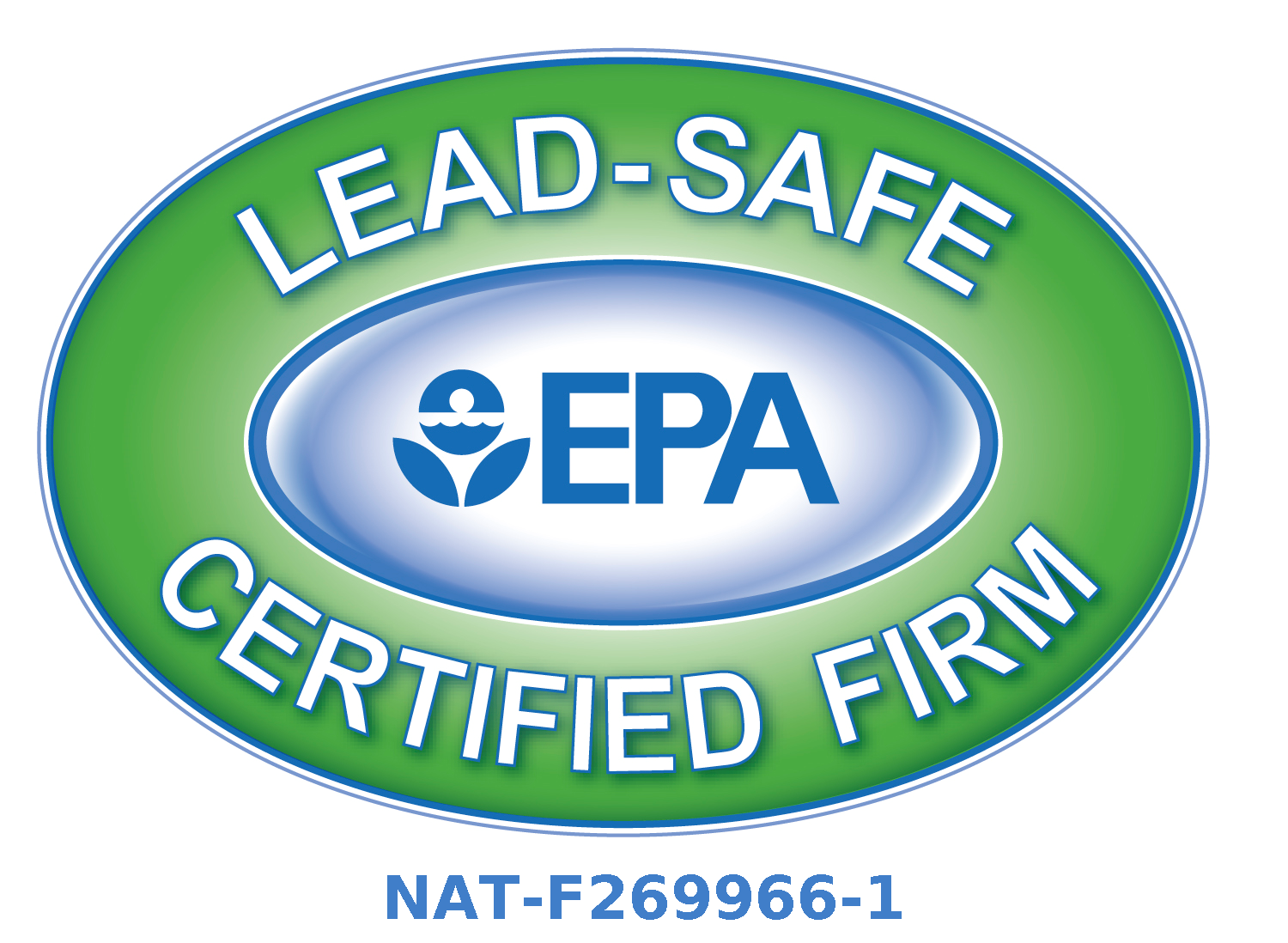Knowledge Center: Your Go-To Resource for ADUs and Tiny Living
Knowledge Center: Your Go-To Resource for ADUs and Tiny Living
Email [email protected]
Phone 860-TINY-HOM (es)

Financing Your Tiny Home: A Guide for Every Homeowner
When it comes to building a Tiny Home, also known as an Accessory Dwelling Unit (ADU), understanding your financing options is crucial. The right financing strategy can make a major difference when bringing your ADU project to life, whether you're aiming to accommodate family members, generate rental income, or increase your property's value. This guide is designed to help you navigate the array of financing options available, organized by customer profile to match your unique financial situation.
What are Home Equity and Loan-to-Value Ratios (“LTVs”)?
Before we discuss the financing options, let’s first understand some relevant fundamental concepts.
Home equity is the portion of the property that the owner actually owns outright. It represents a homeowner's stake in their property, excluding any mortgage or loans taken out against the property. As you pay down the mortgage, your equity increases. Your home equity also rises if the market value of your home increases due to improvements or market conditions.
Calculating home equity is straightforward: you subtract the amount you owe on any mortgages or loans secured by your home from the current market value of your home. For example, if your home is currently worth $600,000 on the market, and you have a mortgage balance of $400,000, your home equity would be $200,000.
To accurately determine your home's current market value, a lender will order a professional appraisal, which takes into account recent sales of comparable properties in your area, the condition of your home and market trends. Alternatively, online valuation tools can provide a rough estimate but may not always capture the nuances of the local market or specific improvements made to your property. Remember, your equity can fluctuate over time with changes in the market value of your home and as you make payments on your mortgage.
After calculating your home equity, it’s also easy to calculate your home’s loan-to-value ratio – “LTV” for short. LTV is the amount you owe on any mortgages or loans secured by your home divided by the current market value of your home. In the example above, the LTV is approximately 67% ($400,000 divided by $600,000). In order to limit their risk, most lenders require that the amount you owe on any mortgages or loans secured by your home as a percentage of your home’s market value does not surpass a certain threshold, which is typically 80% or 90%, although some financing options are more lenient while others are not tied to your current home equity, as we’ll explore in more details below.
For Homeowners with Substantial Equity
For those homeowners who are lucky enough to have substantial equity in their homes, the easiest way to finance a Tiny Home construction project is to obtain a loan that is secured by that home equity. Options include HELOCs, home equity loans and cash-out refinance, which are explained below.
Home Equity Line of Credit (HELOC)
A HELOC is a popular and effective option for homeowners who have built up significant equity in their primary residence. It's a revolving credit line, so you draw only the cash you need, when you need it, and can pay it back in a schedule that can easily adapt to your financial situation.
This financing route allows you to borrow against the value of your home with great flexibility and usually comes with attractive interest rates due to the loan being secured by your property. This is often the first option we recommend for the majority of people with enough home equity.
Pros: quick and flexible access to funds; competitive interest rates and low closing costs; payment flexibility.
Cons: variable interest rates can add some uncertainty to how much you'll need to pay back.
Best Suited For: homeowners who need flexible access to funds and can leverage the equity in their home to finance their Tiny Homes. This can be good if the current ongoing mortgage rate in the market is less attractive than the homeowner’s existing mortgage.
Home Equity Loans
Similar to HELOCs, home equity loans allow you to borrow against the equity in your home but come as a lump sum and typically with a fixed interest rate. This can be advantageous for funding the construction of a Tiny Home with a clear budget. However we would recommend that you plan for some additional costs as well, when calculating the size of your loan.
Pros: fixed interest rates; predictable monthly payments; potentially higher loan amounts.
Cons: as you receive the entirety of the loan amount upfront, instead of when you need it, it may increase your total interest costs; it lacks the flexibility of cash-outs and payments that HELOCs offer.
Best Suited For: homeowners with good credit and substantial equity who prefer stable payments and have a clear budget for their ADU project. Like the HELOC, this can also be good if the current ongoing mortgage rate in the market is less attractive than the homeowner’s existing mortgage.
Cash-Out Refinance
Another option for those with substantial home equity is a cash-out refinance. This involves refinancing your existing mortgage for a higher amount than what you currently owe and then taking the difference in cash, which can be used to fund your Tiny Home. Differently from HELOCs, you receive the entirety of the loan amount upfront. As it replaces your existing mortgage, it can be a great option if the current ongoing mortgage interest rates in the market are more attractive than that of your existing mortgage.
Pros: likely lower interest rates compared to a HELOC or home equity loan given that it gives lenders a first lien position on your home, with the added benefit of only one mortgage payment.
Cons: may not be a viable option if the market prevailing mortgage rates are higher than that of your existing mortgage; likely higher closing costs due to cash-out refinance being a single, larger mortgage than your existing mortgage.
Best Suited For: homeowners looking to finance their Tiny Homes while possibly lowering their overall mortgage interest rate if the current ongoing mortgage interest rate in the market is more attractive than that of the homeowner’s existing mortgage.
For Homeowners with Limited Equity
For those homeowners who don’t have quite enough home equity, there are plenty of financing options as well, including personal loans, home improvement loans, construction loans and other options.
Personal Loans
For homeowners who haven't built up significant equity in their property, personal loans can be a viable option. These are unsecured loans based on your creditworthiness, rather than being secured by your home. If interested in this, we recommend you work to maintain and improve your credit score whenever possible, for example by completing all payments on time and even using a second credit card, if you’re not currently paying any mortgages.
Pros: no need for home equity; quick funding with fixed interest rates and low or zero closing costs.
Cons: likely higher interest rates due to the uncollateralized (unsecured) nature of the loan; maximum loan amount may be limited depending on your credit score and level of income.
Best Suited For: homeowners with good credit scores who lack sufficient home equity but need funds to start their ADU project.
Home Improvement Loans
Home improvement loans are unsecured Personal Loans (see above) specific to home upgrades and repairs. You receive the loan in a lump sum and pay it off with fixed monthly installments over a period of two to 12 years.
Pros: no need for home equity; quick funding with fixed interest rates and low or zero closing costs.
Cons: likely higher interest rates; most lenders limit home improvement loans to $100,000, and some lenders have limits as low as $40,000.
Best Suited For: homeowners with good or moderate credit score who lack sufficient home equity but need a medium-term source of financing to complement other funding sources (e.g., cash, a personal loan, an equity-collateralized loan).
Construction Loans
Construction loans are short-term lines of credit that are qualified on the future value of your home, after a renovation and construction project has been completed, and can be used to build a Tiny Home.
It’s extended during the construction project only and is closed upon the project completion, at which point it can be substituted by a loan collateralized by the newly acquired equity in your home (based on the increase in property value due to the addition of a Tiny Home, for instance), such as a HELOC. It’s a bridge loan.
As the construction project progresses and milestones are reached, you can request draw payments to cover the completed work. An inspector must verify that the work has been done.
Pros: tap into the future value of your home, giving you more purchasing power.
Cons: require other financing options once the construction project is completed.
Best Suited For: homeowners with limited equity.
FannieMae’s HomeStyle Renovation Loans
FannieMae’s HomeStyle loans share features of regular mortgage loans (15- or 30-year fixed rate or ARM of various terms) with those of construction loans, tapping into the future value of your home. Similar to a construction loan, you pay for construction or renovation work as it is completed.
Pros: higher loan-to-value ratios (LTVs) than HELOCs, Home Equity Loans or Cash-Out Refi; tap into the future value of your home.
Cons: Not all lenders offer FanieMae’s HomeStyle loans.
Best Suited For: homeowners with limited equity and average credit scores.
For Customers with Lower Credit Scores
Credit Unions and Community Banks
If your credit score isn't stellar, local credit unions, which are not-for-profit organizations, and community banks might offer more flexibility than larger financial institutions. These organizations can provide loans with more favorable terms for individuals with lower credit scores. We’ll help you identify which of these options will best suit your financial profile and offer the most competitive rates.
Pros: potential for lower interest rates than personal loans; more personalized service.
Cons: credit unions may require memberships; compared to large banks, community banks have fewer products and services offerings, fewer branches and ATMs and less robust digital banking.
Best Suited For: homeowners seeking flexible and understanding lenders for their ADU financing needs.
Government Loans
Certain government programs are designed to help homeowners finance Tiny Homes, such as FHA 203(k) Rehabilitation loans, which allow borrowers to finance the cost of extensive home repairs and renovations, and could be used for building a Tiny Home.
Pros: available to homeowners with limited equity; more lenient qualification criteria.
Cons: require FHA mortgage insurance; limit the kind of projects that can be carried out (e.g., cannot be used for an investment property unless the borrow lives in one of the units).
Best Suited For: homeowners looking for government-backed loans to finance their ADU projects, especially if other financing options aren't viable for them.
Other Financing Alternatives
Crowdfunding: some homeowners have successfully crowdfunded their Tiny Homes through platforms such as Kickstarter and GoFundMe.
Peer-to-Peer Loans: P2P loans are a form of financing that allows you to get a mortgage directly from a group of individual investors or lending club without going through a bank as an intermediary party. While P2P loans require longer processing times, they’re easier to qualify, require no downpayment and have lower fees and interest rates. However, the maximum loan amount is generally small, potentially useful to cover the downpayment of a more traditional mortgage loan. In case of default, P2P loans charge high collection fees.
Partnership or Joint Venture: you could potentially partner with a family member, friend, or investor to finance the construction of the ADU in exchange for a share of the equity or rental income.
Government Grants and Subsidies: depending on your location, there may be government programs offering grants or subsidies for building Tiny Homes, especially if they are intended for affordable housing purposes.
Local Incentive Programs: some municipalities offer incentives or financing options specifically for ADU construction, such as low-interest loans or waived permit fees.
Conclusion
Financing a Tiny Home can be a complex process, but by understanding the options available and aligning them with your financial profile, you can make informed decisions that suit your project's needs and your financial situation. Whether you have substantial equity in your home, are working with a tight budget, or are navigating the challenges of a lower credit score, there's a financing option out there for you. Remember to also consider the long-term implications of any loan, including interest rates, repayment terms, and any potential impact on your financial health. By carefully planning your financing strategy, you can turn your ADU project from a dream into reality.
Contemporary Tiny Homes will guide you through every step of the process, including securing the type of financing that will be most beneficial to your current situation, so you’ll have the best possible experience with all aspects of building your brand new Tiny Home. Please email us at [email protected] or call us at 1-860-TINY-HOMES (1-860-846-9466) so we can start a conversation.
Disclaimer: please note that the information provided in this article is for educational and informational purposes only and does not constitute financial advice. It is important to conduct your own research and consider your individual financial situation before making any large financial decisions. We strongly encourage you to consult with a licensed and professional financial advisor to obtain personalized advice tailored to your specific circumstances. The content of this article is not intended to be a substitute for professional financial advice, and reliance on any information provided herein is solely at your own risk.

Copyright 2025. All rights reserved. Norwalk, CT
Connecticut's New Home Construction Contractor License: #NHC.0017654
EPA Lead-Safe Certified NAT-F269966-1

